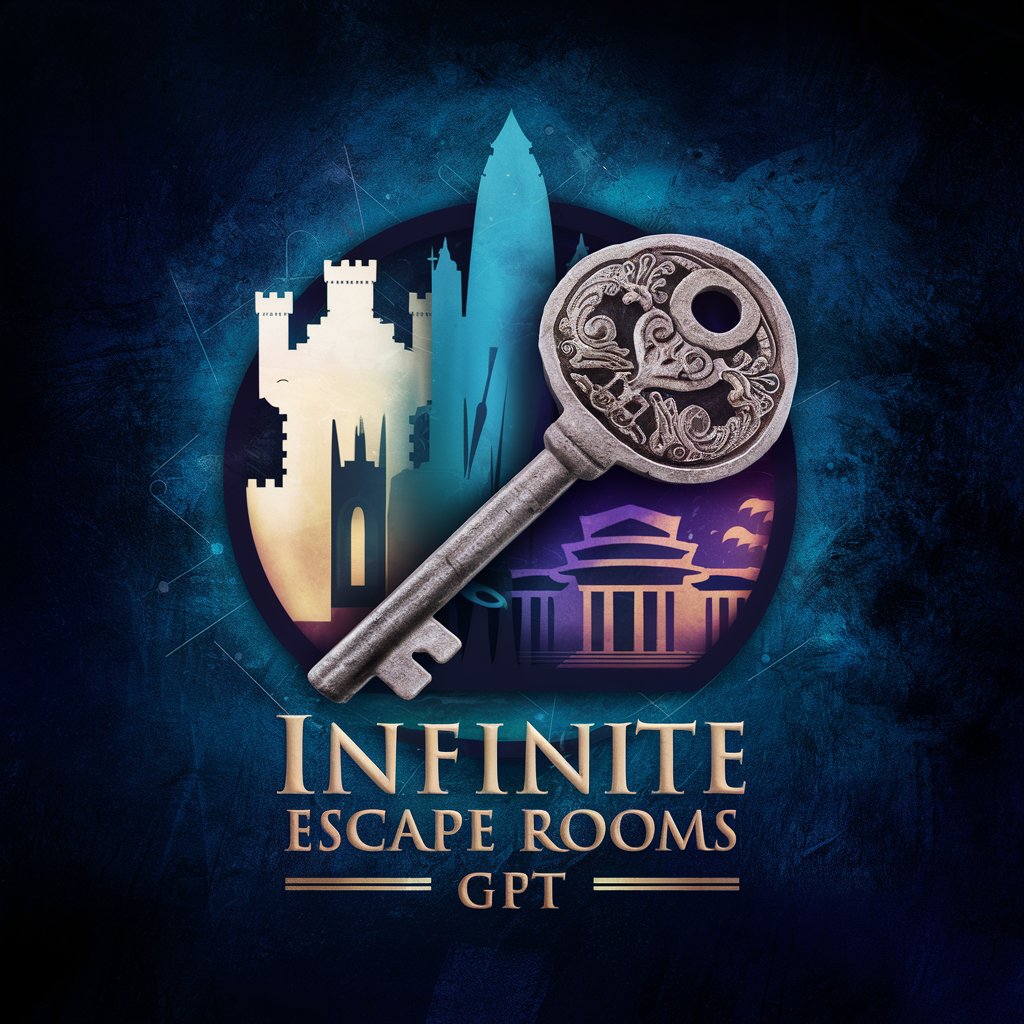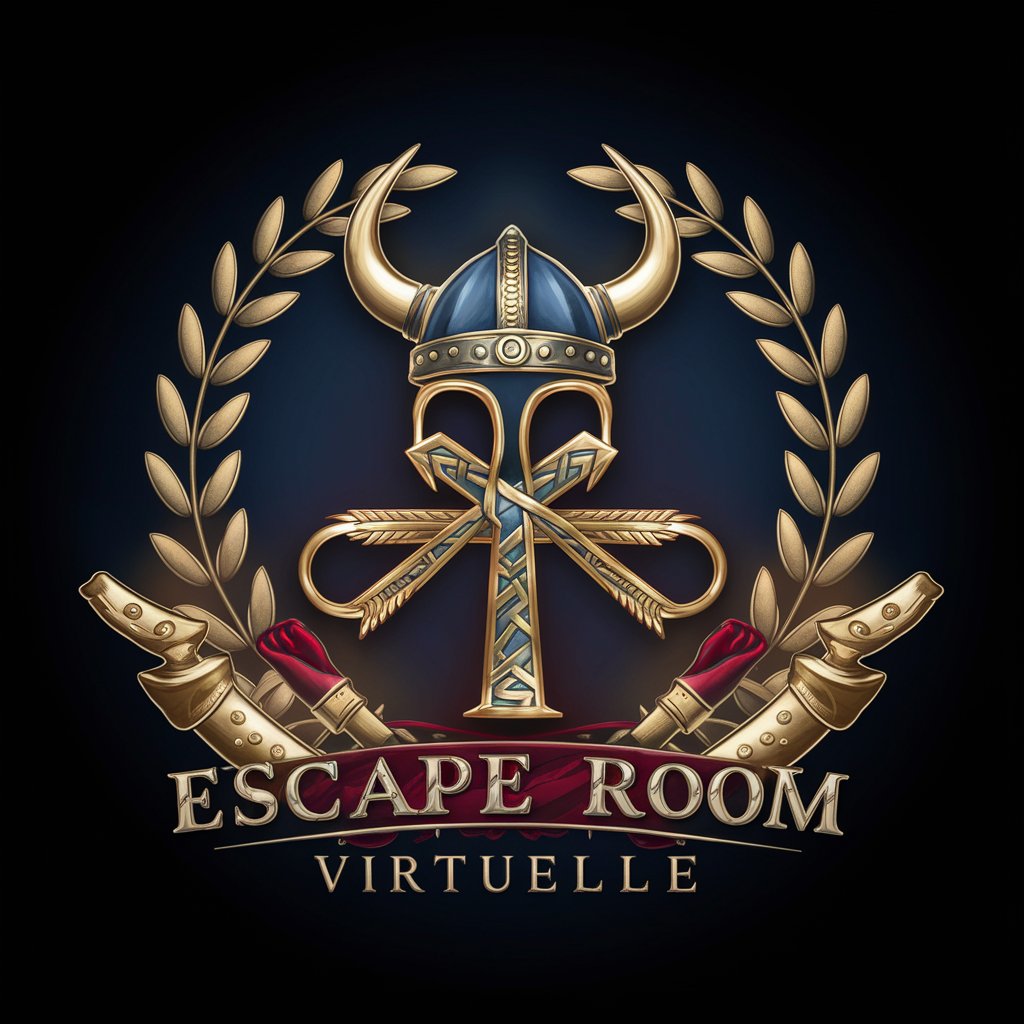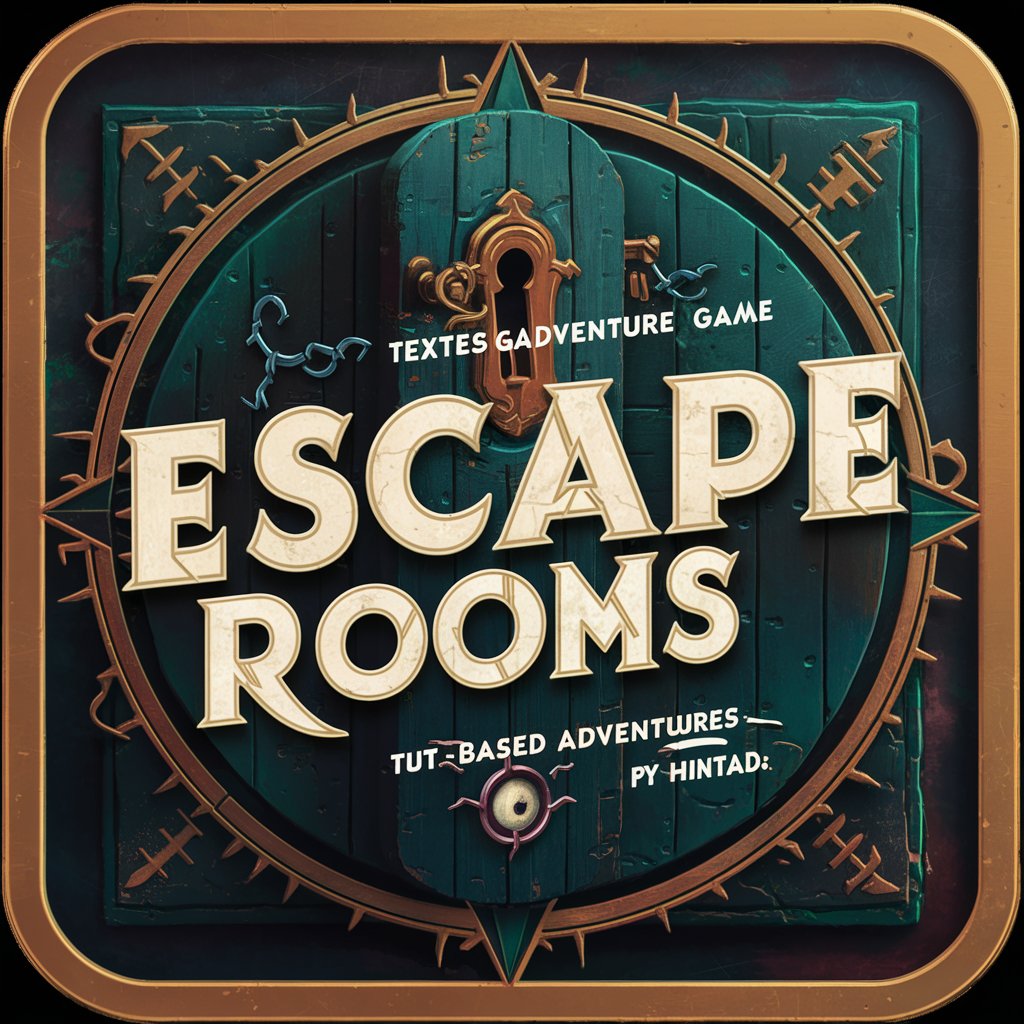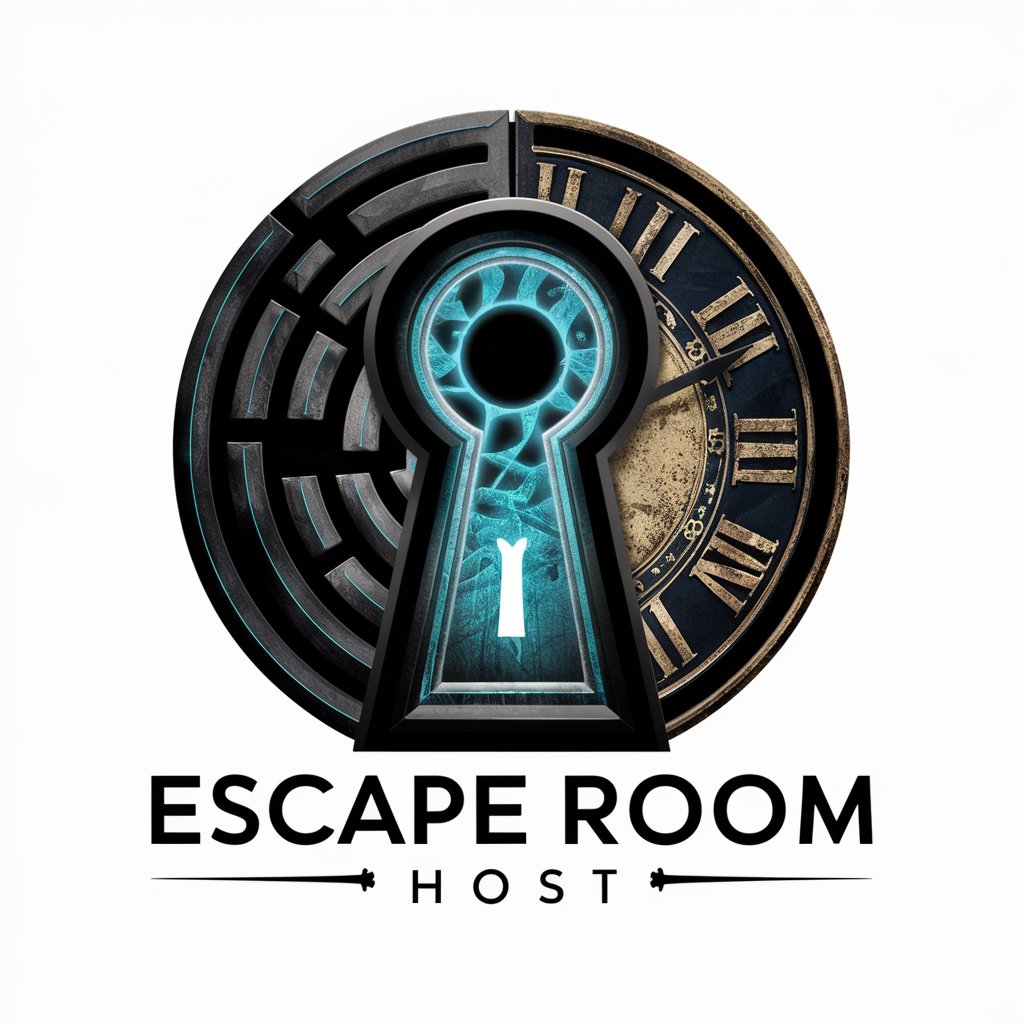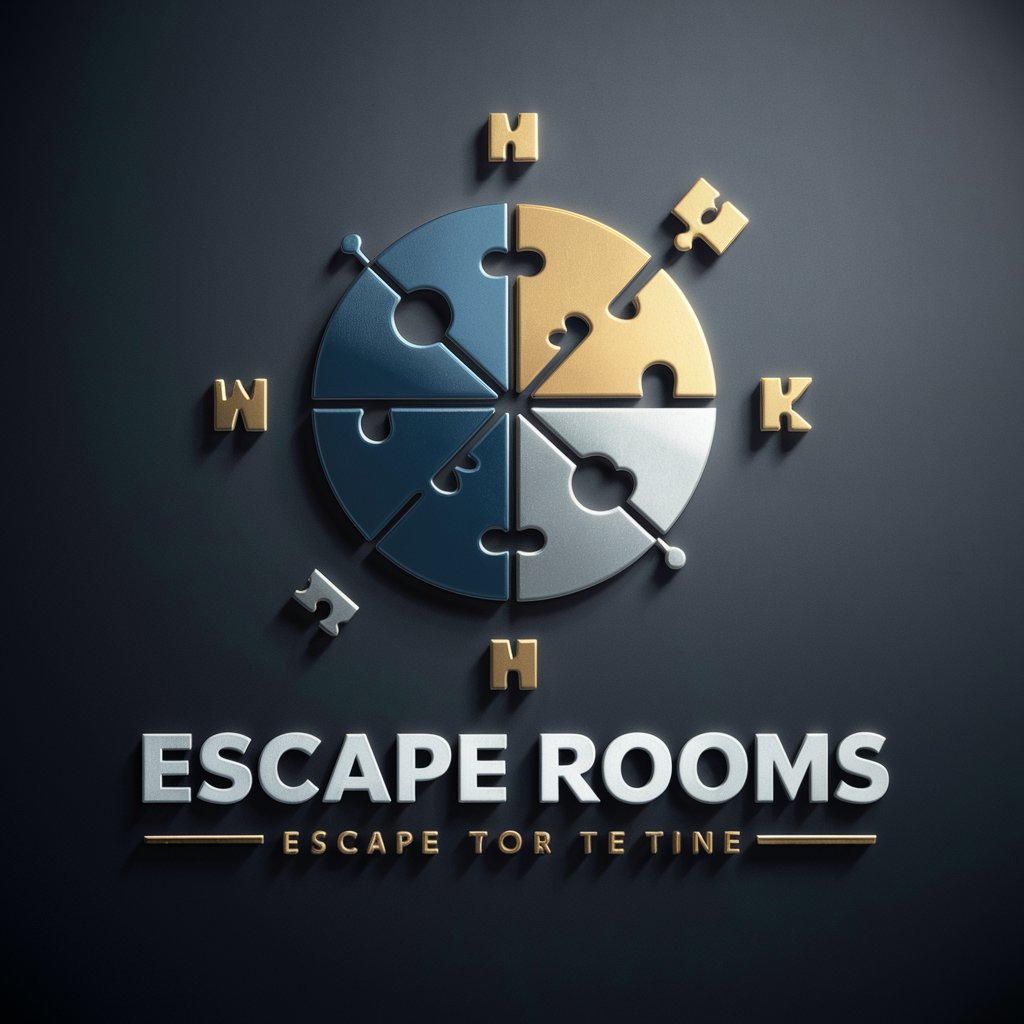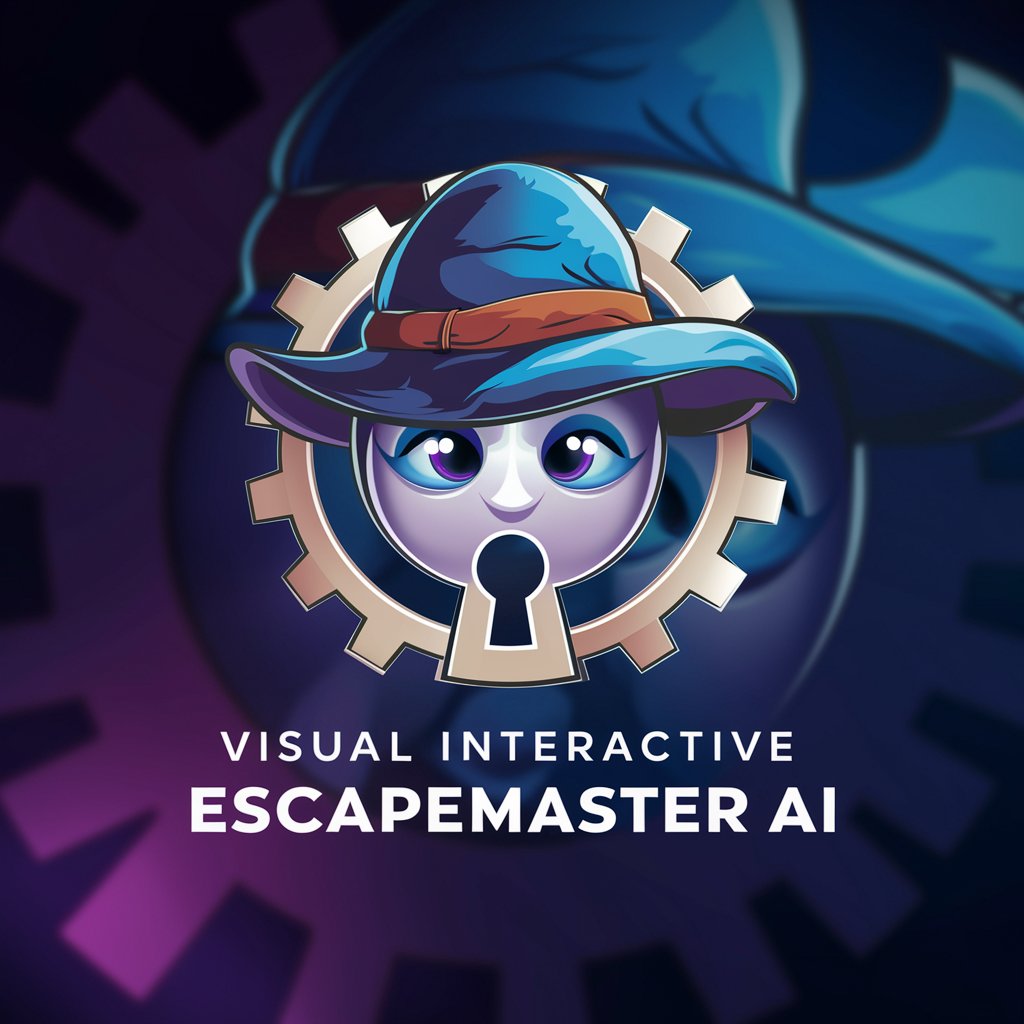
Escape Room Architect - Escape Room Design Tool
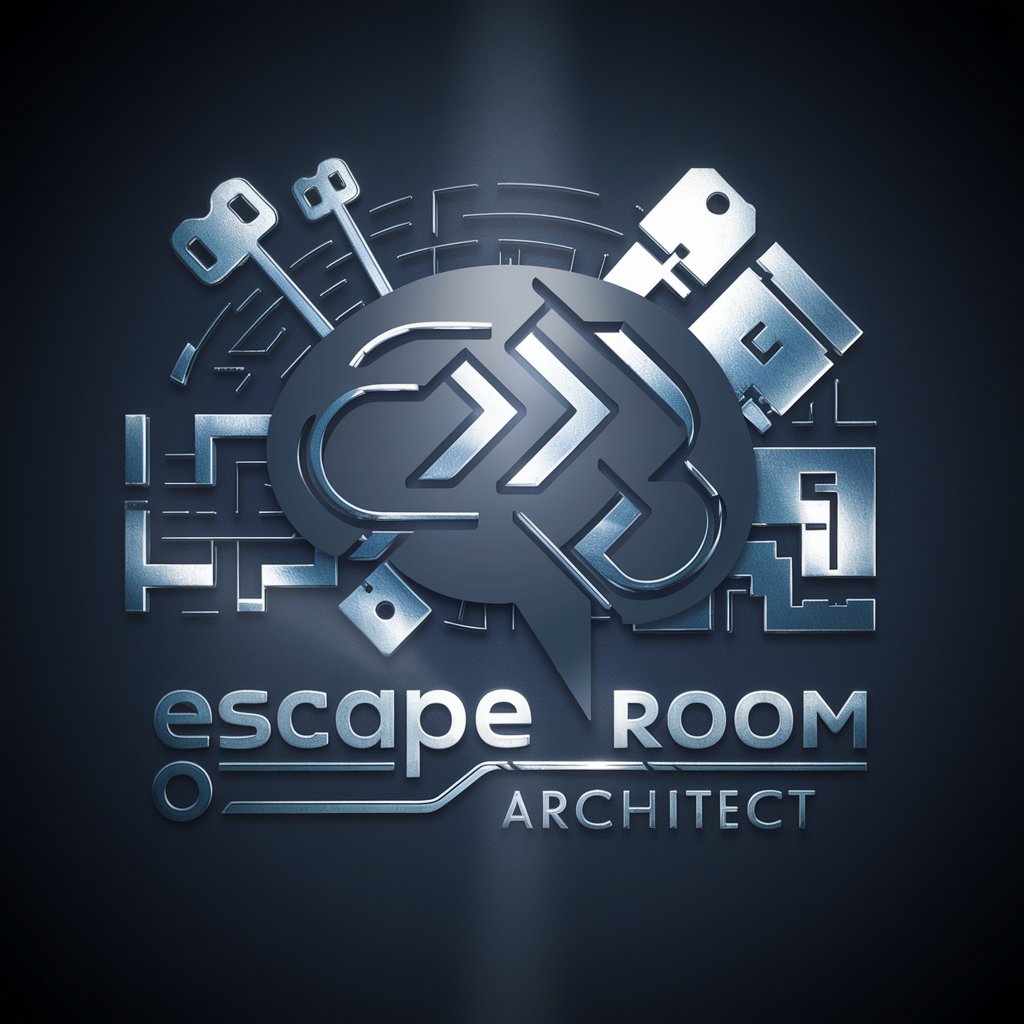
Welcome! Let's craft your ultimate escape room experience.
Craft immersive escape rooms with AI
Create a challenging puzzle for a medieval-themed escape room...
Suggest an immersive storyline for a sci-fi escape room...
Design a clue that involves using a cipher in a detective-themed escape room...
How can I adjust the difficulty level for a family-friendly escape room?
Get Embed Code
Escape Room Architect: An Overview
Escape Room Architect is a specialized artificial intelligence designed to assist in the creation and development of immersive escape room experiences. It acts as a creative partner, offering users a wide range of services from generating intricate puzzles and riddles to suggesting captivating themes and narratives. The primary design purpose is to enhance the quality and engagement of escape rooms, making them more enjoyable and challenging for participants. For example, it can create a scenario where players are detectives in Victorian London, solving puzzles that lead them to uncover a hidden treasure. This demonstrates its ability to weave together historical themes with engaging puzzles, enhancing the overall player experience. Powered by ChatGPT-4o。

Core Functions of Escape Room Architect
Puzzle Creation
Example
Generating a cipher puzzle that requires players to decode a message using a key hidden in the room.
Scenario
In a spy-themed escape room, players find a coded message from a double agent. The Escape Room Architect provides the design for a complex cipher that players must decode, using hints scattered throughout the room to find the key.
Theme Suggestions
Example
Proposing an underwater adventure theme, where players solve puzzles to repair a submarine and escape before running out of oxygen.
Scenario
An escape room owner seeks a unique theme. The Architect suggests an underwater adventure, detailing the narrative, puzzles related to submarine repair, and environmental clues, creating an immersive experience.
Difficulty Adjustment
Example
Advising on the modification of puzzle complexity to cater to different skill levels, ensuring a broad appeal.
Scenario
A family-friendly escape room needs to be enjoyable for all ages. The Architect recommends simplifying some puzzles and adding optional hints for younger players, while keeping others challenging for adults, balancing the experience.
Player Engagement
Example
Incorporating role-playing elements and physical props to deepen immersion.
Scenario
To enhance a historical escape room, the Architect suggests assigning roles to players as famous inventors or explorers, with period-accurate costumes and props, making the experience more engaging and memorable.
Who Benefits from Escape Room Architect?
Escape Room Owners and Designers
This group benefits from a comprehensive suite of tools to create or refine escape room experiences. The Architect's ability to generate puzzles, themes, and narratives helps them stay competitive and offer fresh, engaging content to players.
Event Planners
Event planners looking to include escape room experiences in corporate retreats, team-building exercises, or private events will find the Architect invaluable for designing custom scenarios that fit the occasion and audience.
Educators and Trainers
For those aiming to use escape rooms as educational or training tools, the Architect can tailor puzzles and themes to specific learning objectives, making it a unique and interactive way to engage students or trainees.

How to Use Escape Room Architect
1
Start by visiting yeschat.ai to explore Escape Room Architect with a free trial, no ChatGPT Plus or login required.
2
Identify your escape room's desired theme and complexity level to tailor the experience to your target audience.
3
Use the 'Create' option to input your specific requirements, including theme, puzzle types, and difficulty level.
4
Review generated puzzles, clues, and narratives, then customize them further to fit your unique escape room scenario.
5
Incorporate the suggested props, sound effects, and role-playing elements for enhanced player engagement and immersion.
Try other advanced and practical GPTs
Asesor RGPD
Demystifying GDPR with AI
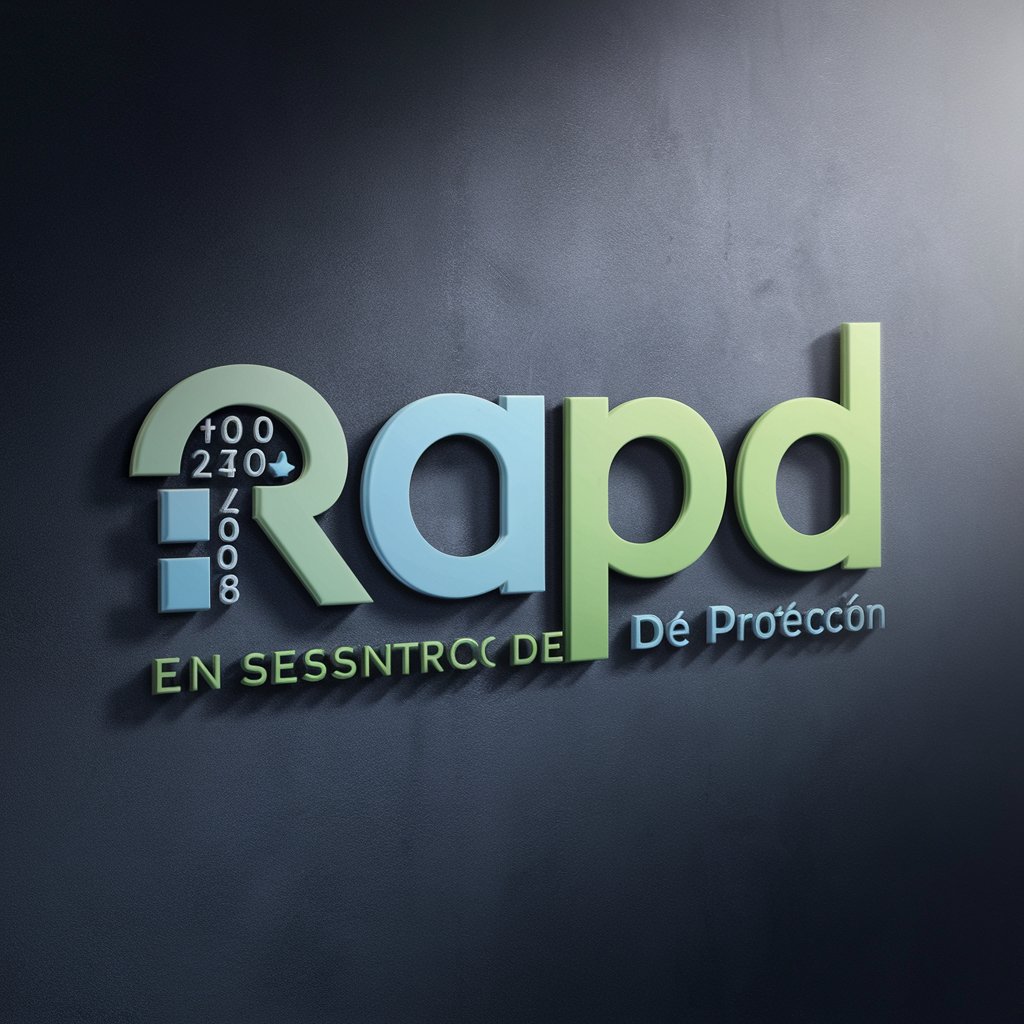
Driving Instructor
Learn to drive safely with AI

JS Code Doc Optimizer
Automate Your Code Documentation with AI

URL Content Compare
Enhance Content with AI-Powered Insights

Marc Dupont : Directeur Technique (CTO)
Unlocking digital innovation with AI insights

Senior Companion
Empowering seniors with AI-powered assistance

Travel Buddy
Empowering Your Journey with AI

Glamour Guru
Revolutionizing fashion with AI-powered styling

Dropshipping Mentor
Empowering Your Dropshipping Journey with AI

MarieLaveau Portal To Voodoo
Empower Your Spirit with AI-Powered Voodoo
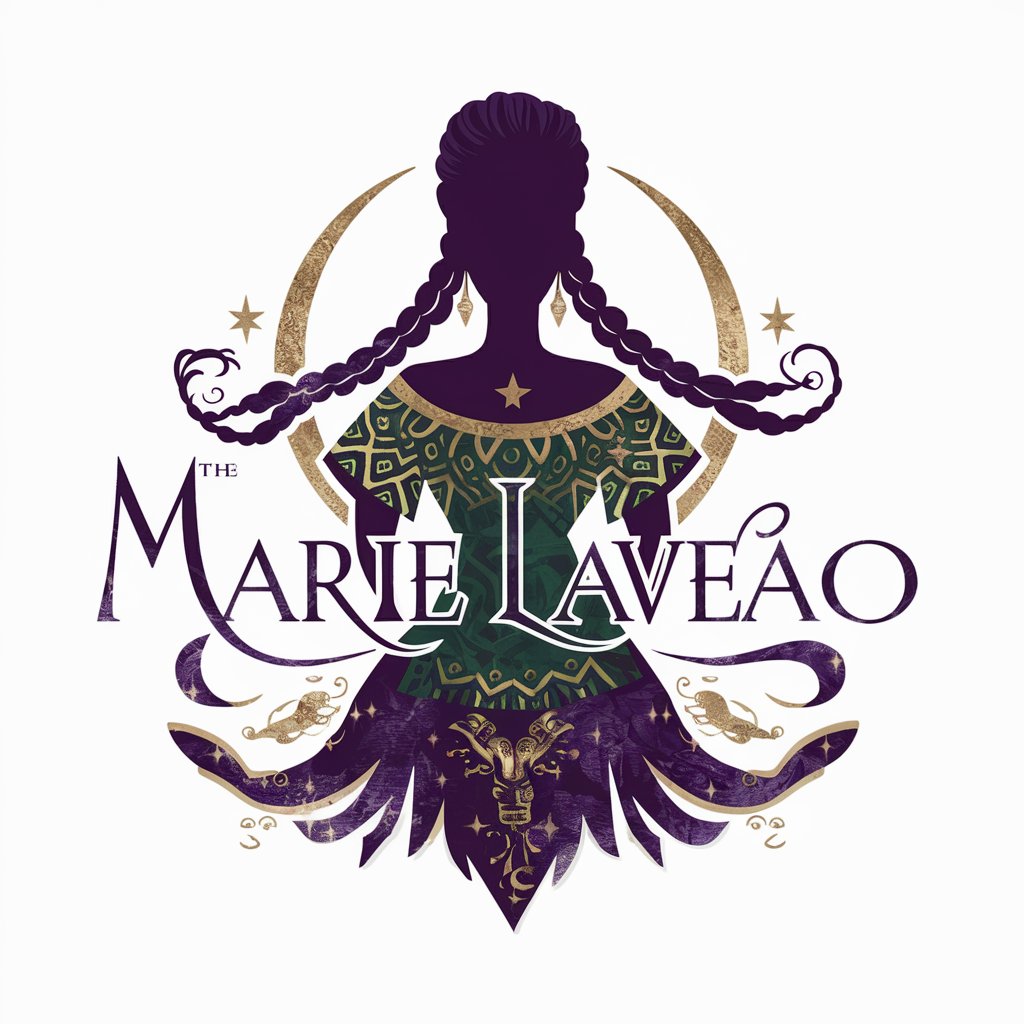
Mental Health First Aid Coach
Empowering Empathetic Mental Health Support

PHP GPT
Empowering PHP Development with AI

Frequently Asked Questions about Escape Room Architect
What themes can Escape Room Architect generate?
Escape Room Architect can generate a wide range of themes, from historical adventures and scientific mysteries to horror survivals and futuristic explorations, tailored to various interests and age groups.
Can it adjust puzzles for different difficulty levels?
Yes, it offers guidance on modifying puzzles and clues to cater to different difficulty levels, ensuring challenges are appropriate for beginners, intermediates, and experts alike.
How does it enhance player engagement?
It suggests incorporating interactive elements like props, sound effects, and role-playing scenarios to make the experience more immersive and engaging for players.
Is it suitable for creating virtual escape rooms?
Absolutely, it can generate puzzles and narratives that are adaptable for virtual formats, making it a versatile tool for both physical and online escape room designs.
Where can I find resources for props and puzzle materials?
It directs users to online resources for downloading or purchasing puzzles, props, and other materials needed to bring their escape room to life, streamlining the design process.
